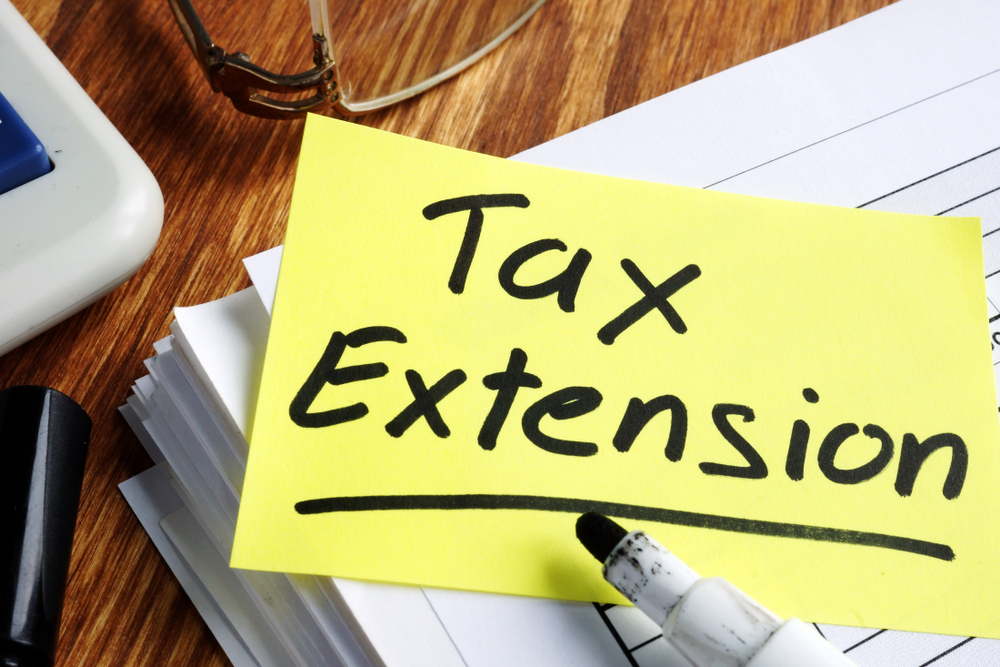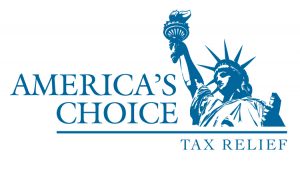A Guide To Filing Your Taxes Before the IRS Deadline
Filing taxes does not have to be difficult. In fact, it’s fairly simple if you prepare your return ahead of time. A certified tax preparer can easily tell you what you need to get the most out of your tax return but preparing ahead of time saves you time and money.
What You Need to File - A Tax Prep Checklist
- Social security or tax identification number for yourself, all dependents, and your spouse (if applicable)
- Your Wage and Tax Statement: Form W-2 – By law, employers must give employees their W-2 and/or 1099 forms by January 31st. If the employer is late, you may request the form from HR. If by mid-February, they are still late, you may contact the IRS to file a complaint. The employer will receive penalty fees for each day they are late.
- Bank statements

When to File
There are three filing dates you need to be aware of.
April 15 is the primary tax date. It’s when you need to have paid your taxes and have filed your tax return.
June 15 is the first tax return extension date and October is the second tax return extension date. You need to have requested an extension to file by these dates. The tax return extension date does not save you from interest or penalty owed on your tax payment due by April 15. It only saves you from tax filing penalty fees.
Where to File
There are several ways you can file your taxes. The IRS has partnerships with tax preparation services and software to help low- or medium-income taxpayers file their tax returns. The IRS states that any taxpayer earning $72,000 or less qualifies for Free File offers.
You may also file via tax software such as TurboTax, H&RBlock, but the most effective way to file your taxes is with a tax professional. They will file through your taxes, assets, and other related paperwork to determine the best programs for you. America’s Choice Tax Relief will relieve you of any tax burdens and file your taxes on your behalf. Most tax professionals are a little more expensive than tax software programs, but you benefit from a knowledgeable tax expert optimizing your return.

File An Extension (If Necessary)
Life happens. Not everyone is able to file a tax return on or before April 15. Luckily the IRS allows you to file a tax extension for a maximum of six months. There are two extension dates after April 15. The first is June 15 and the second is October 15.
The June 15 extension date is typically for those out of the country, but they may also file for a secondary tax extension to qualify for the October 15 extension.
Most taxpayers filing the standard extension form, Form 4868, will receive the six-month extension.
Combat Zone Tax Extension
In the event you are military personnel serving in a combat zone or are an Armed Forces member supporting military personnel in a combat zone, you will qualify for an extension. Unlike the standard extension, a combat zone tax extension includes an extension of filing AND paying. It begins the date the service member serves in a combat zone. They will not be charged interest or penalties. The IRS answers a series of questions you may have about the extension qualifications.
Contact
America’s Choice Tax Relief helps taxpayers file extensions to prevent you from acquiring filing penalties. It’s important to remember that while you may receive the six-month extension, you are still liable for paying your taxes on April 15. You won’t accrue penalty fees, but you will have interest tacked on to your tax return payment. Contact us if you have any questions about filing your taxes or general tax questions.
